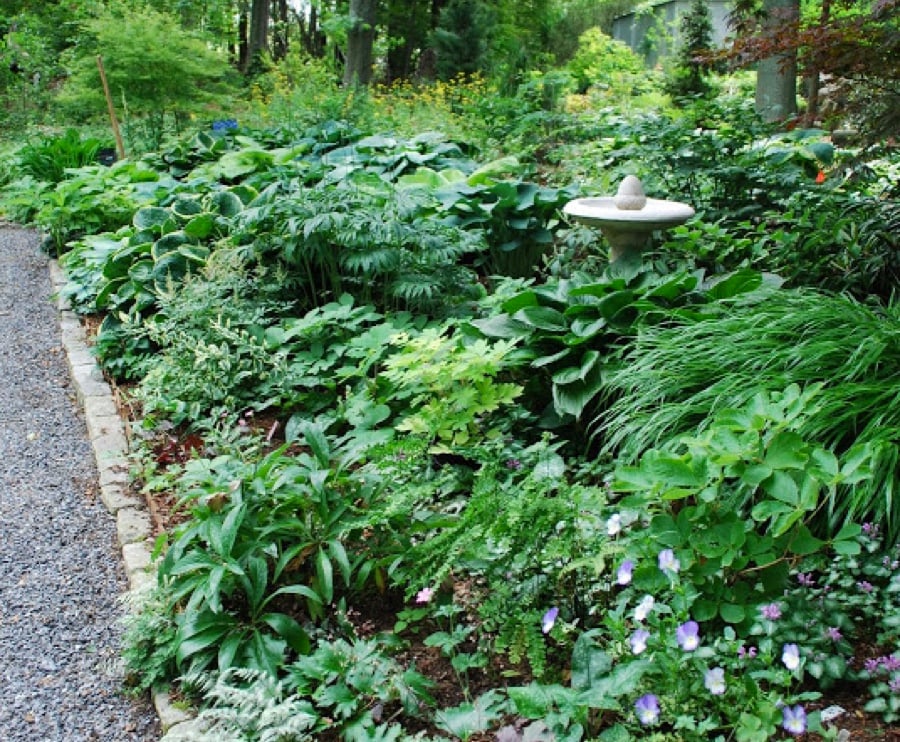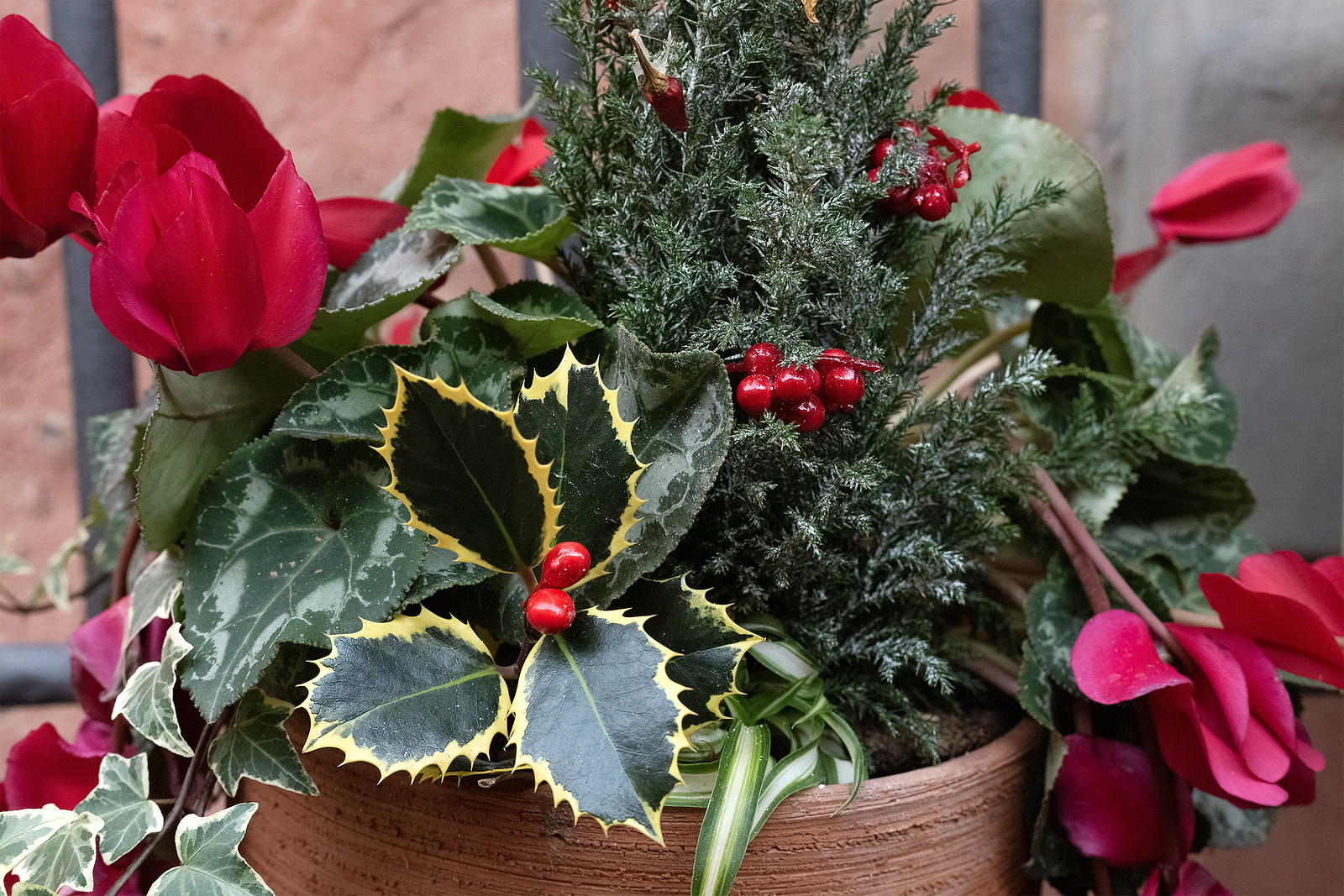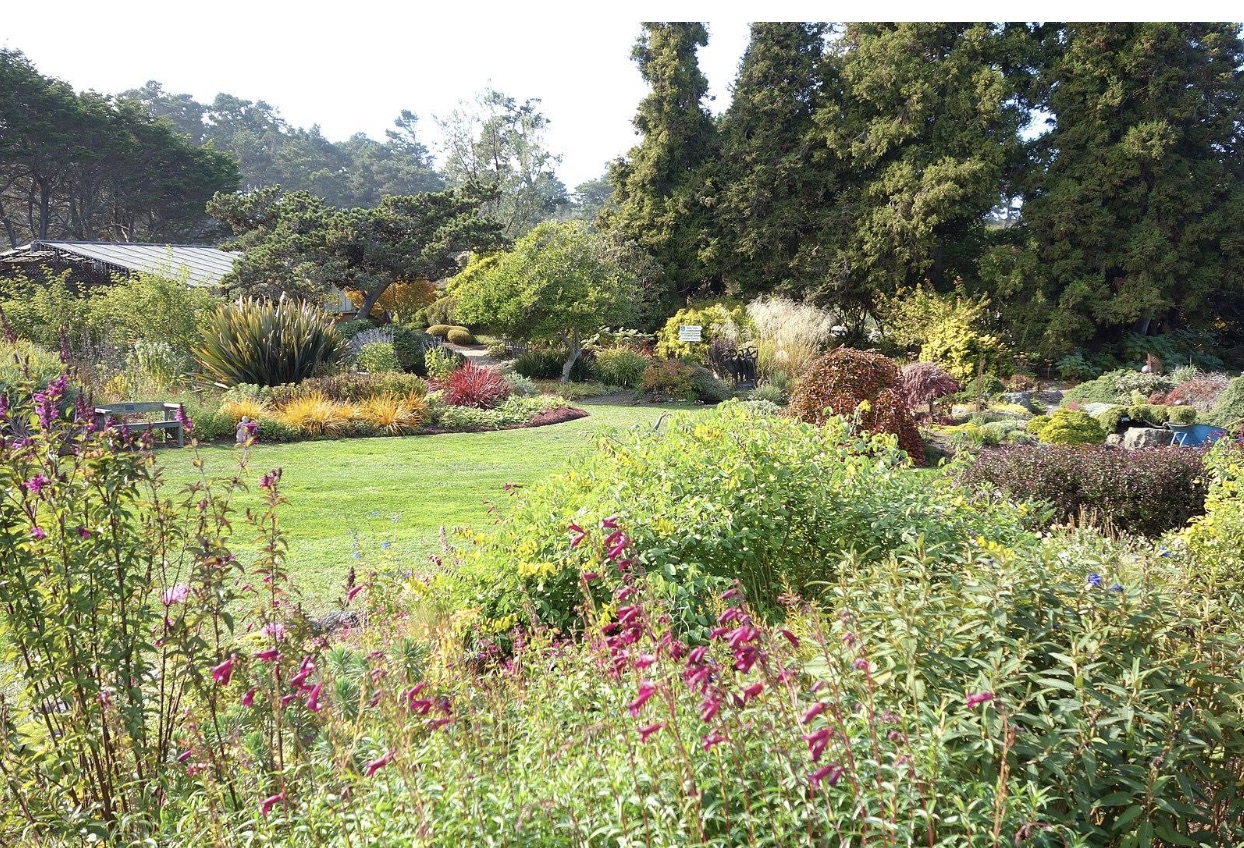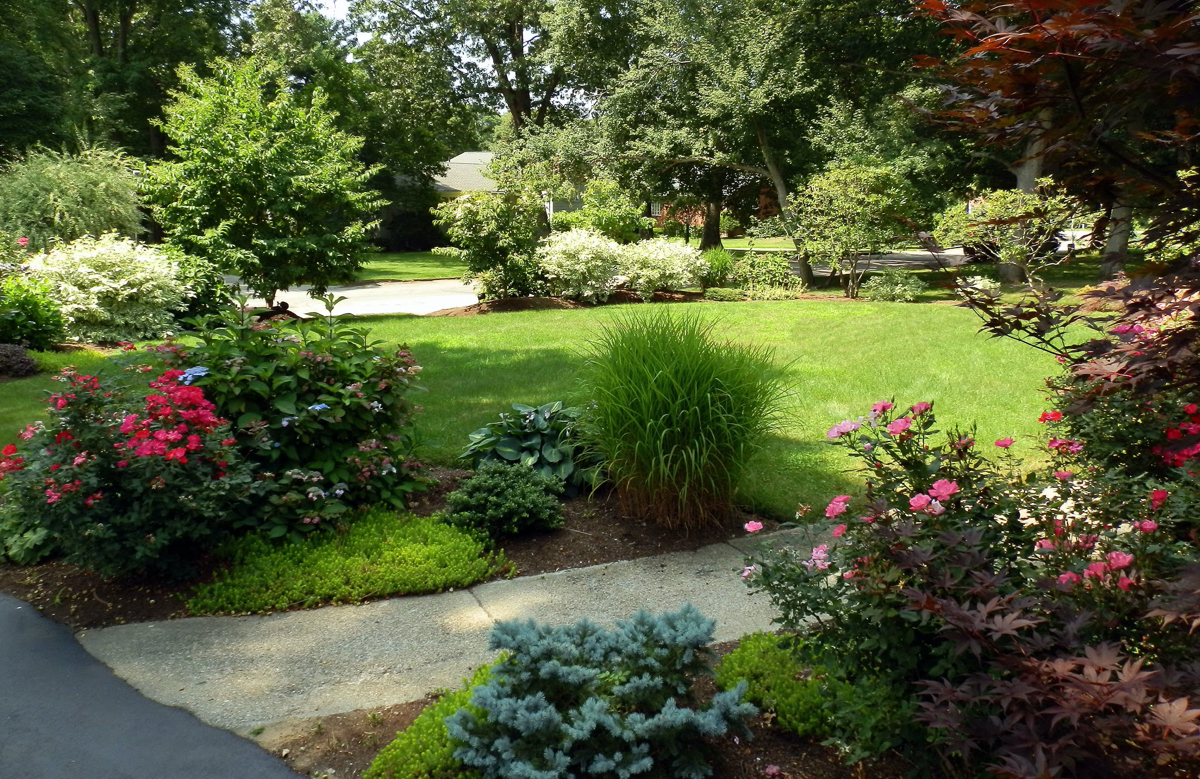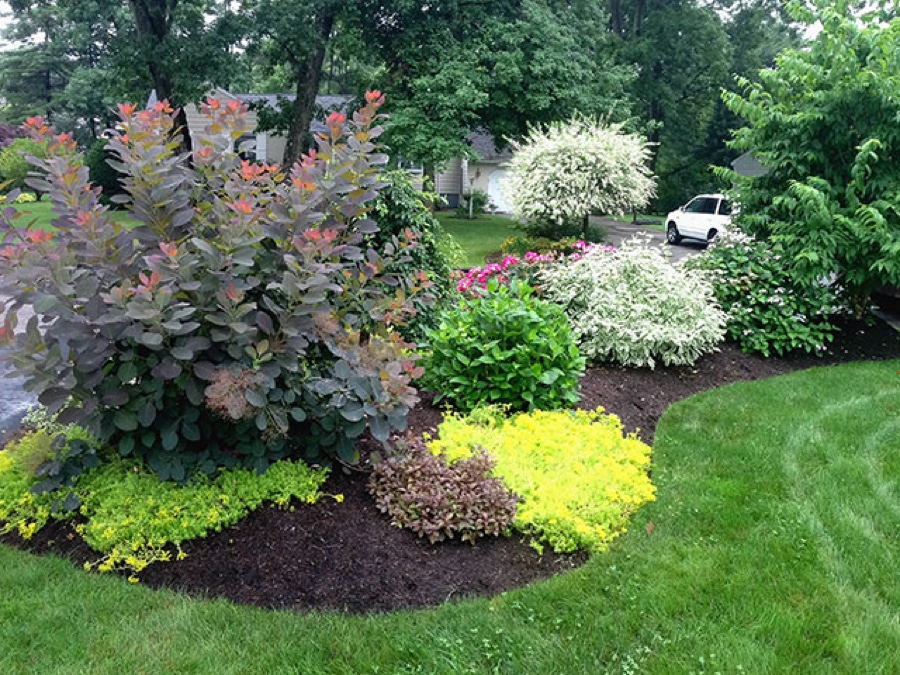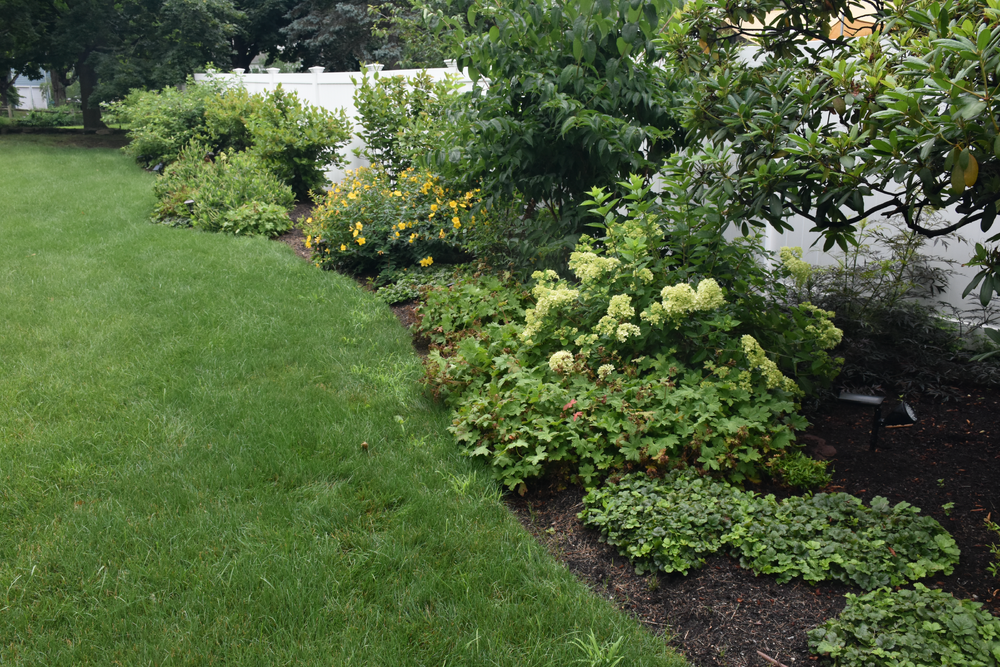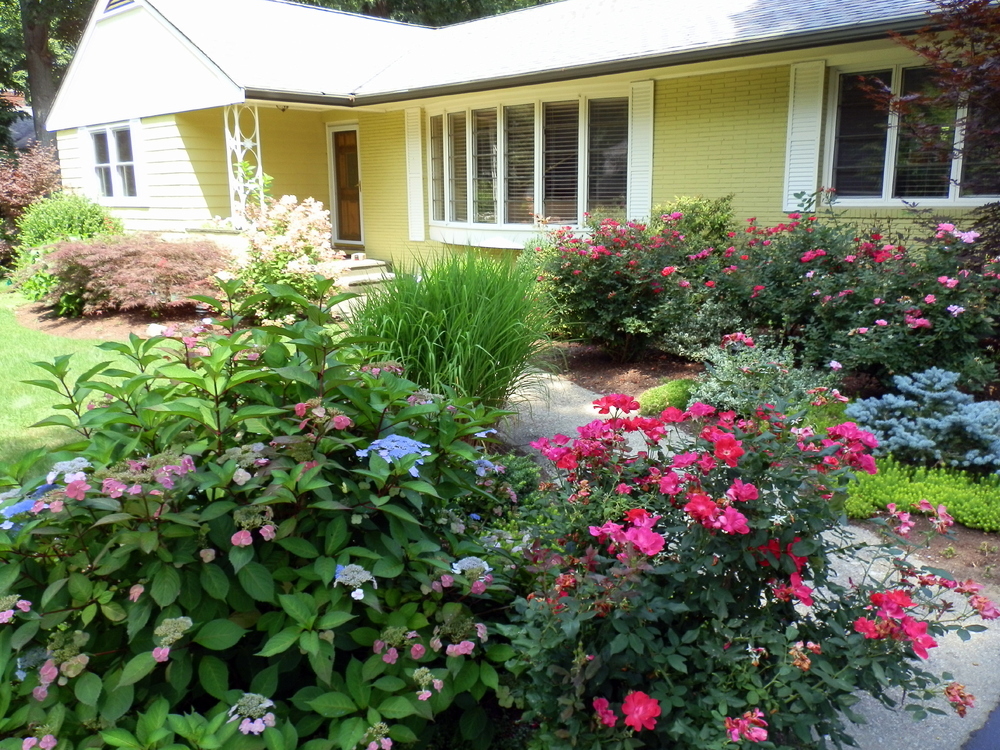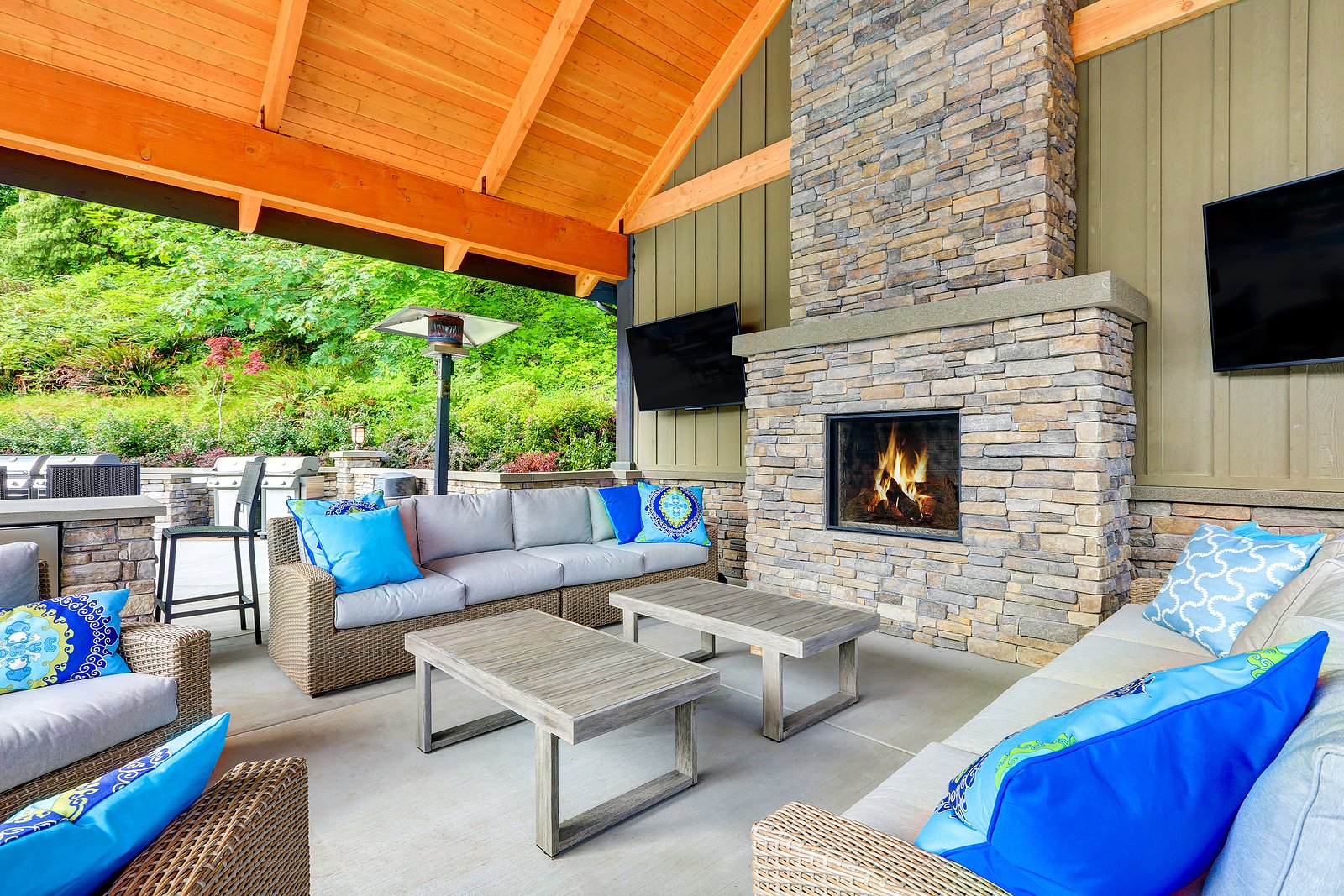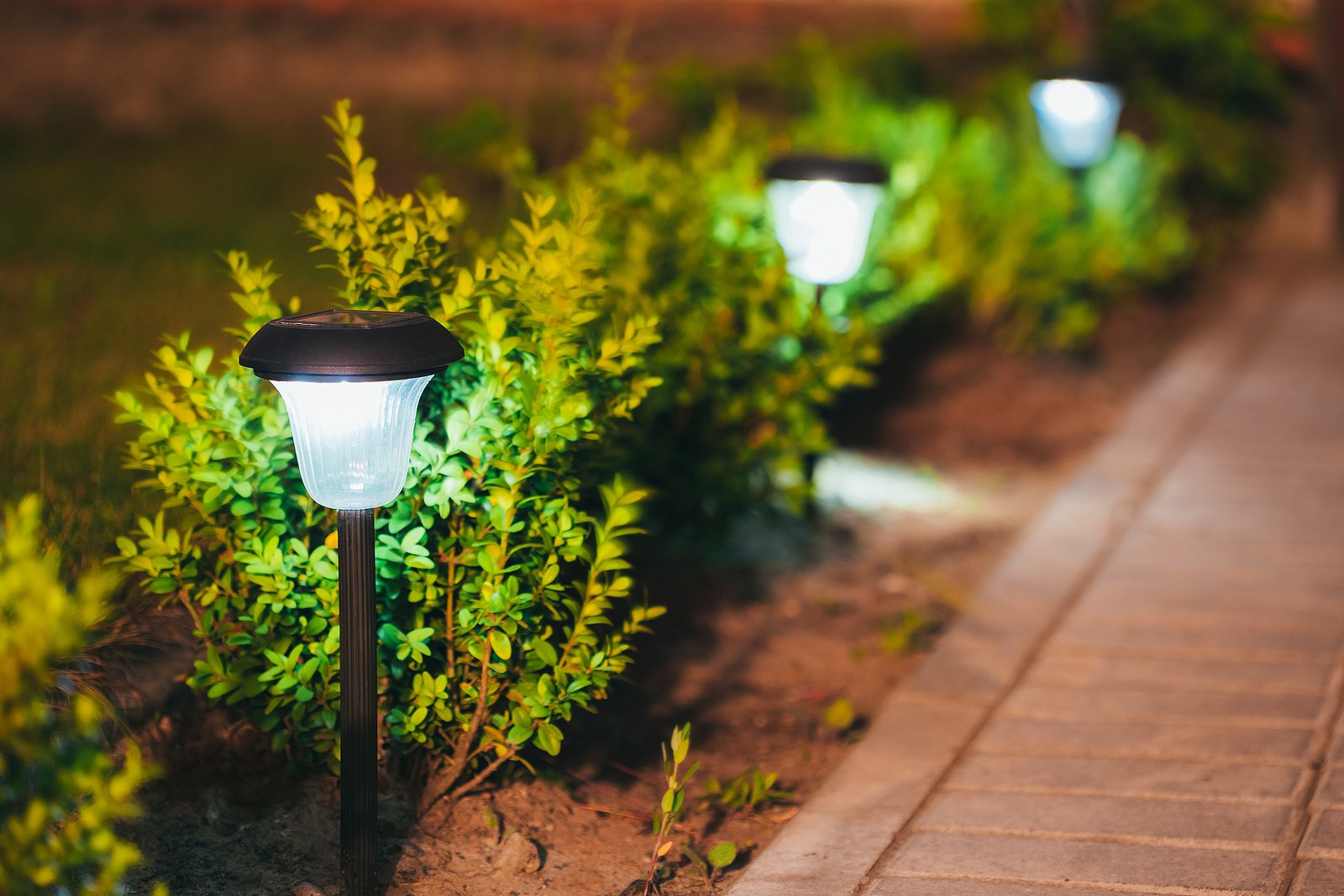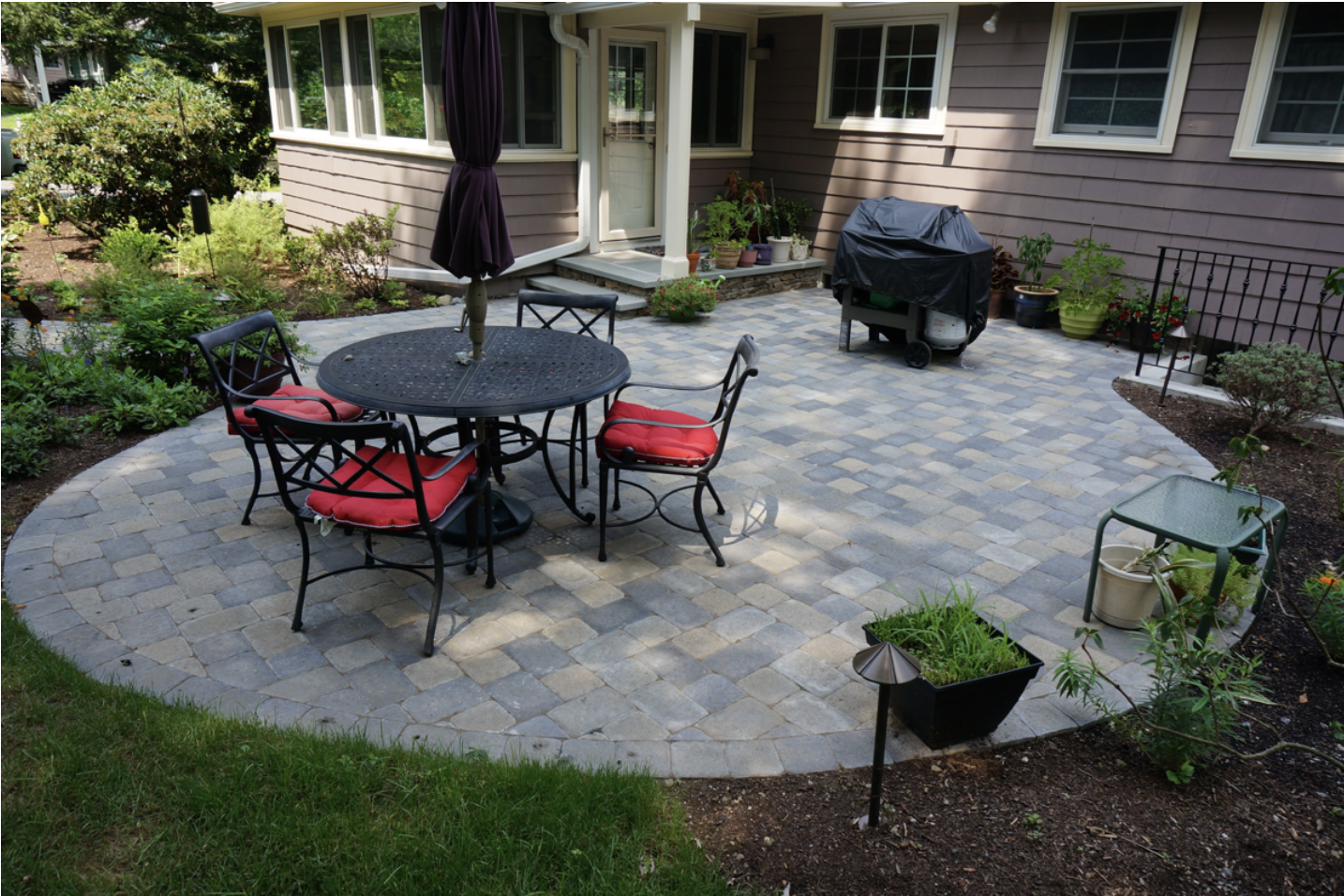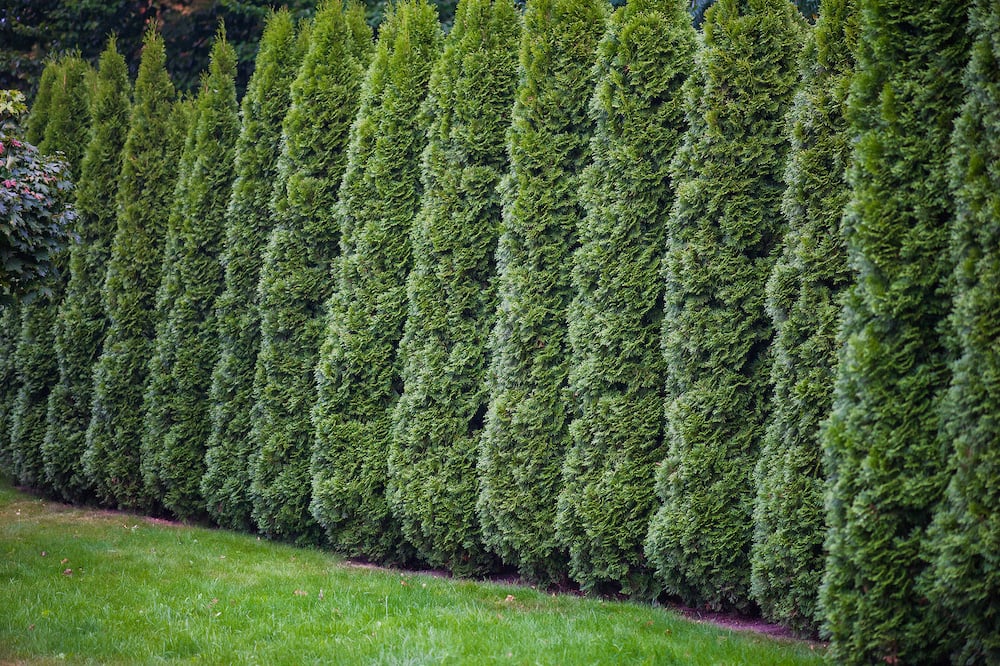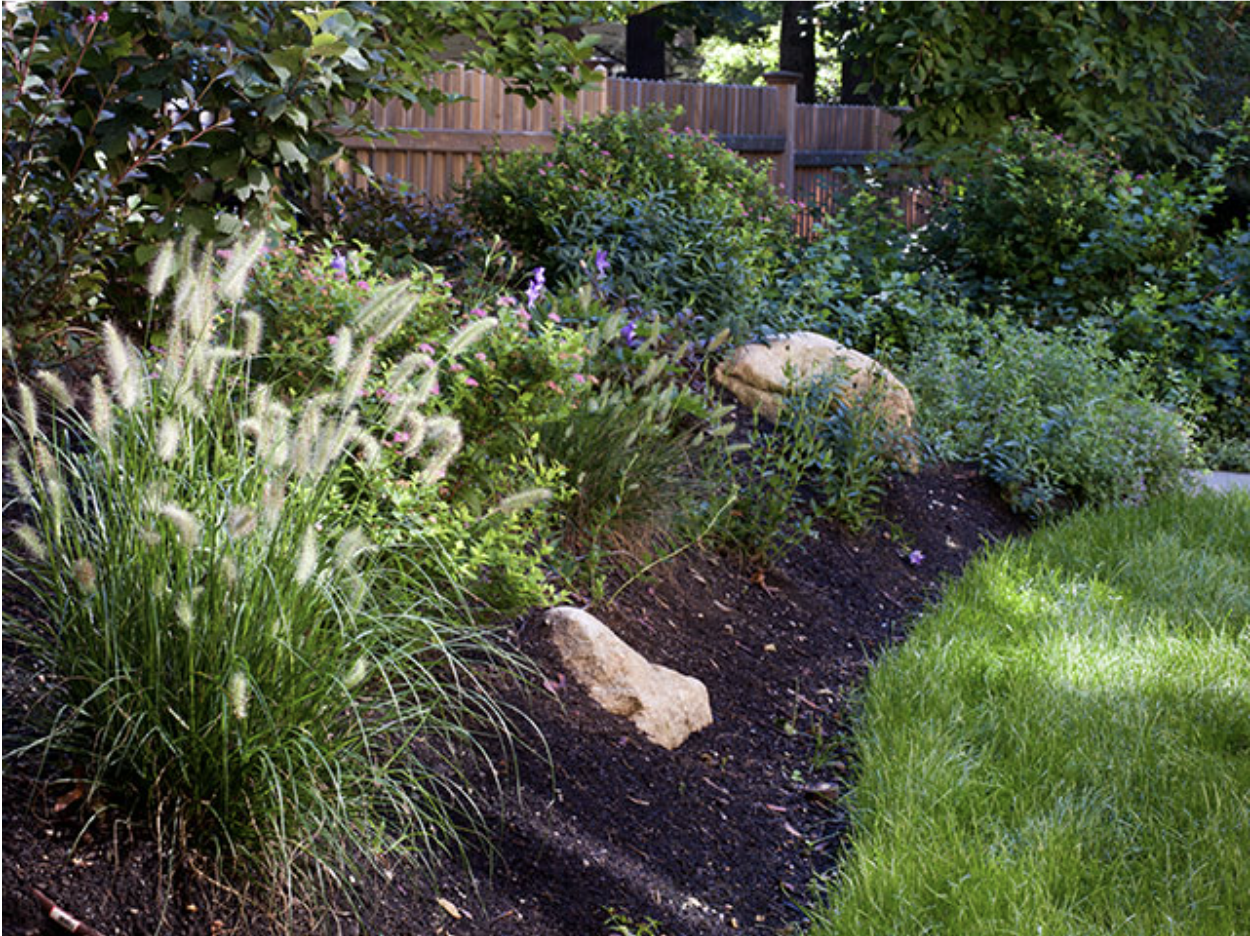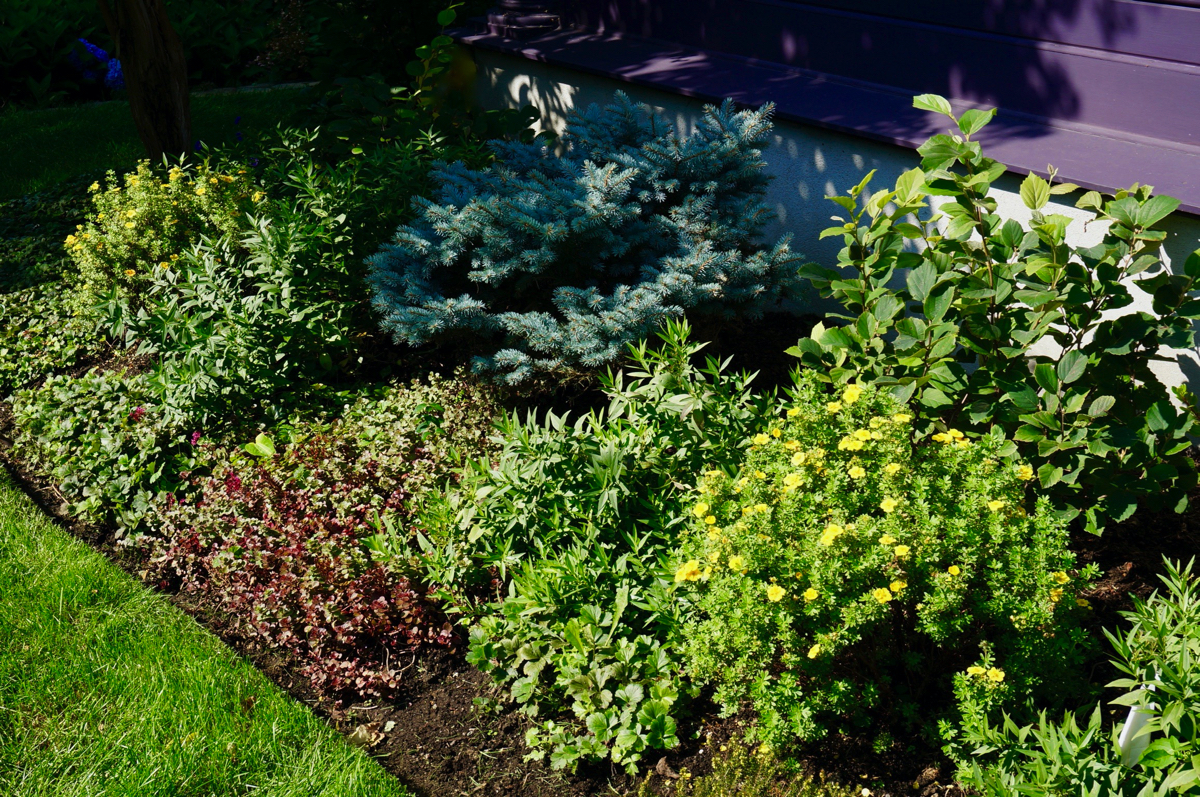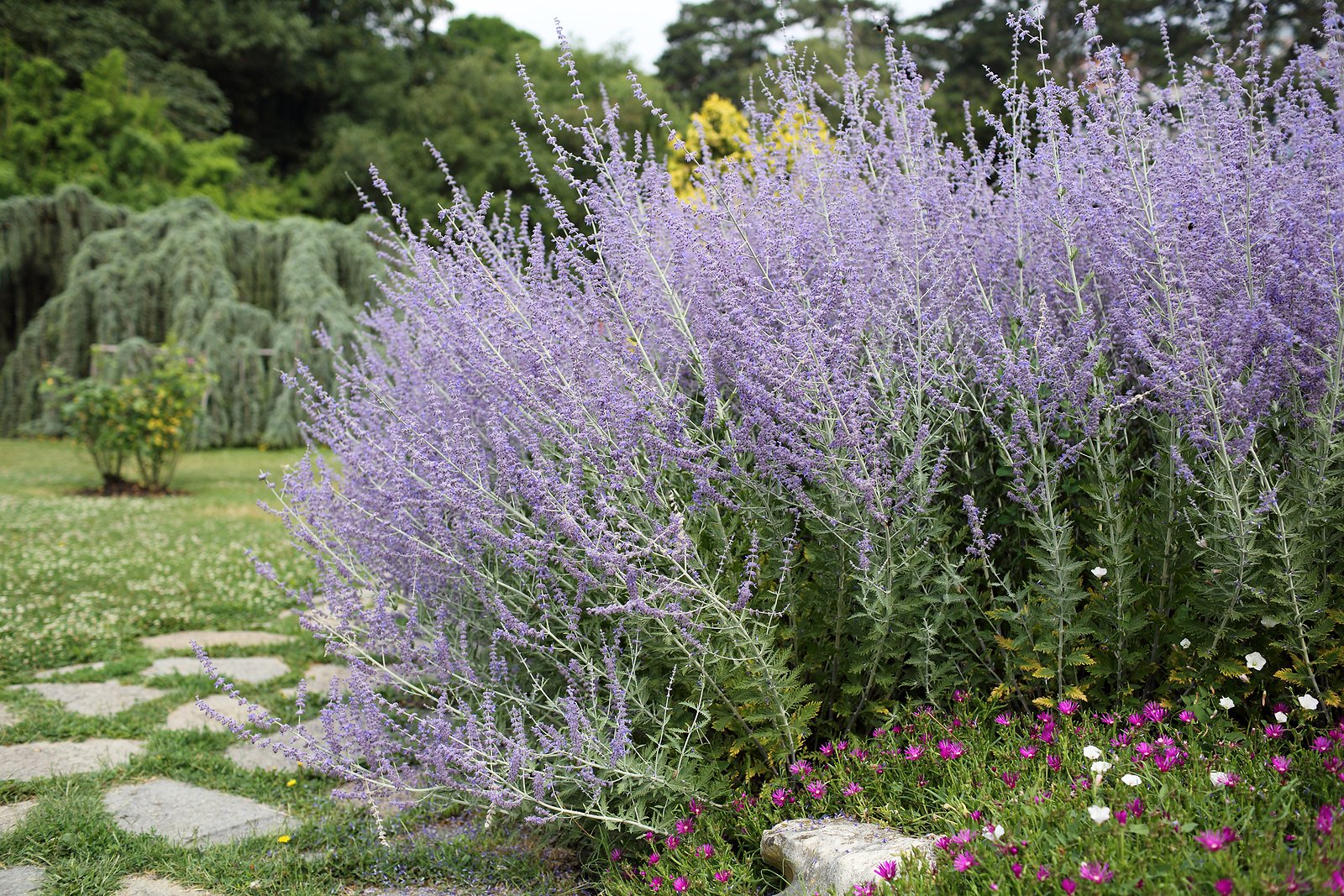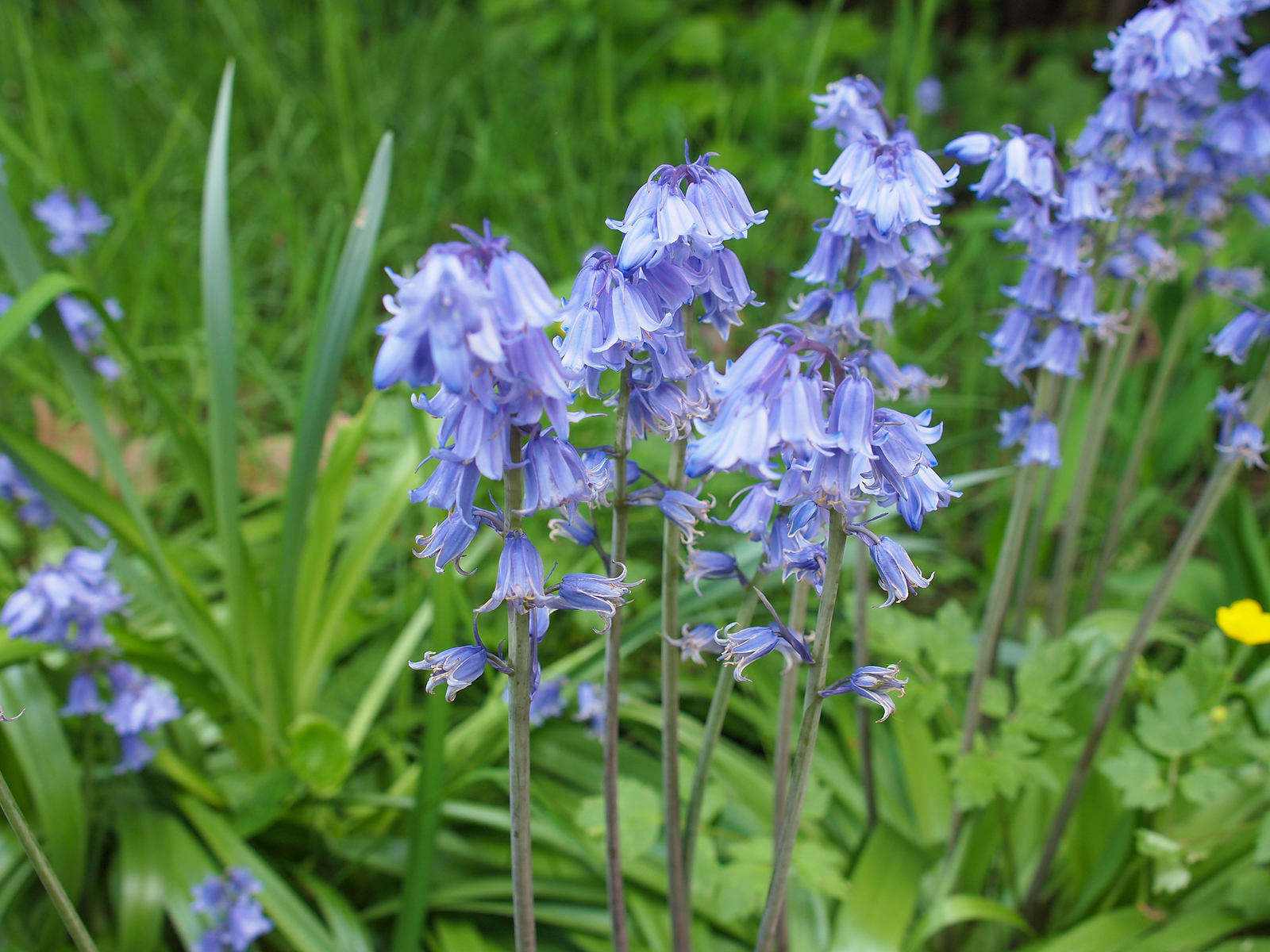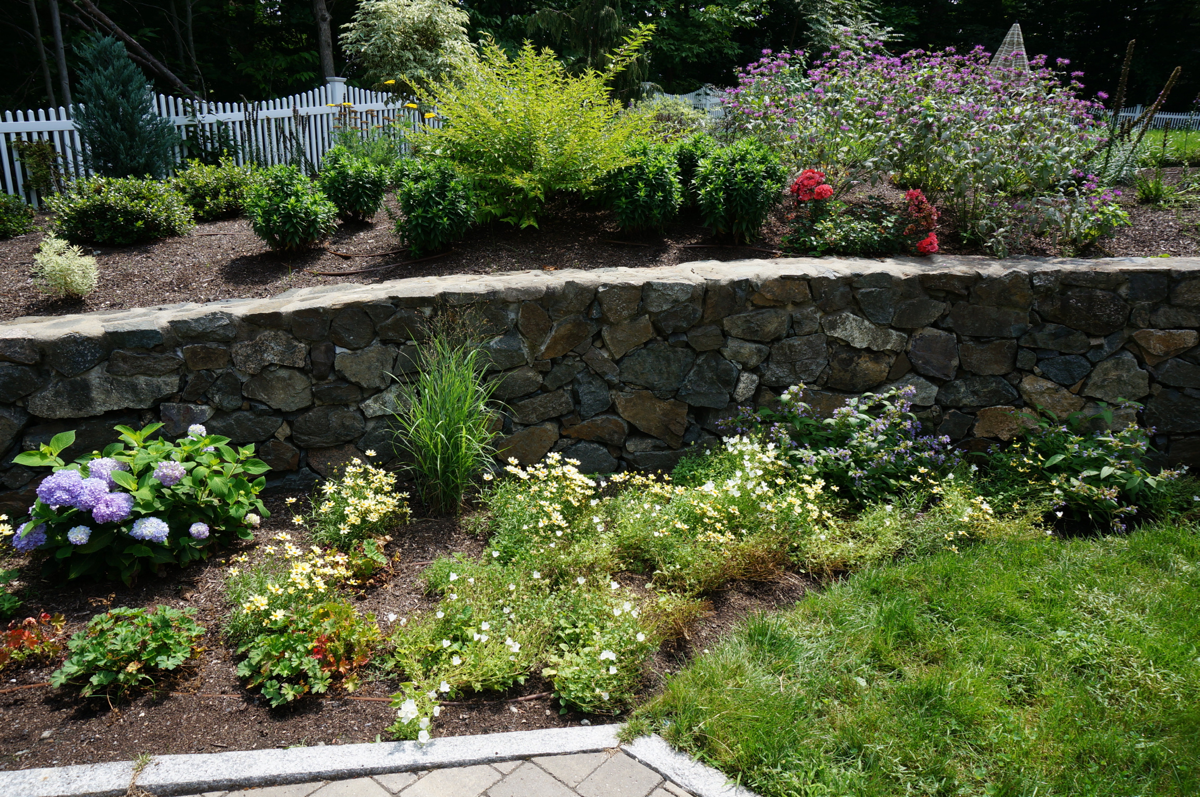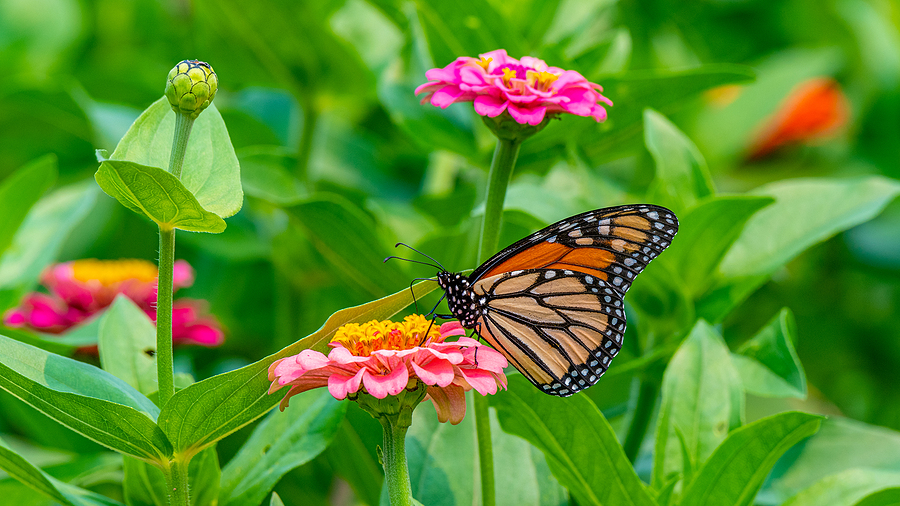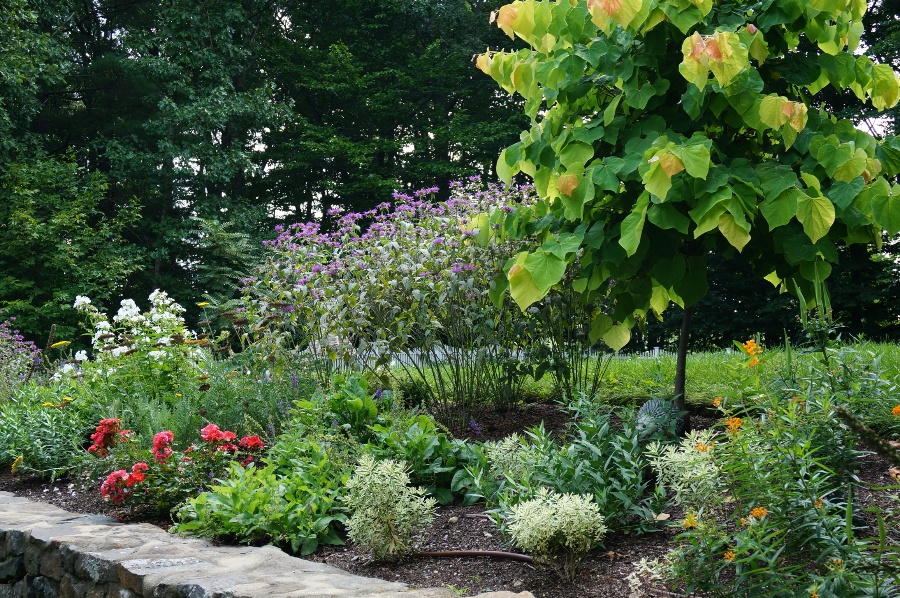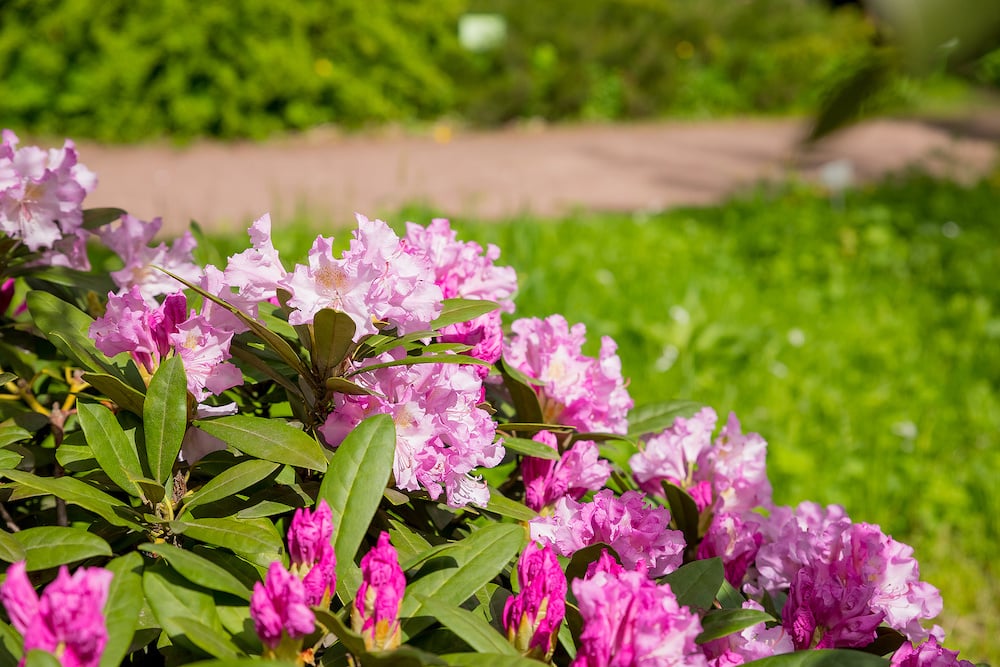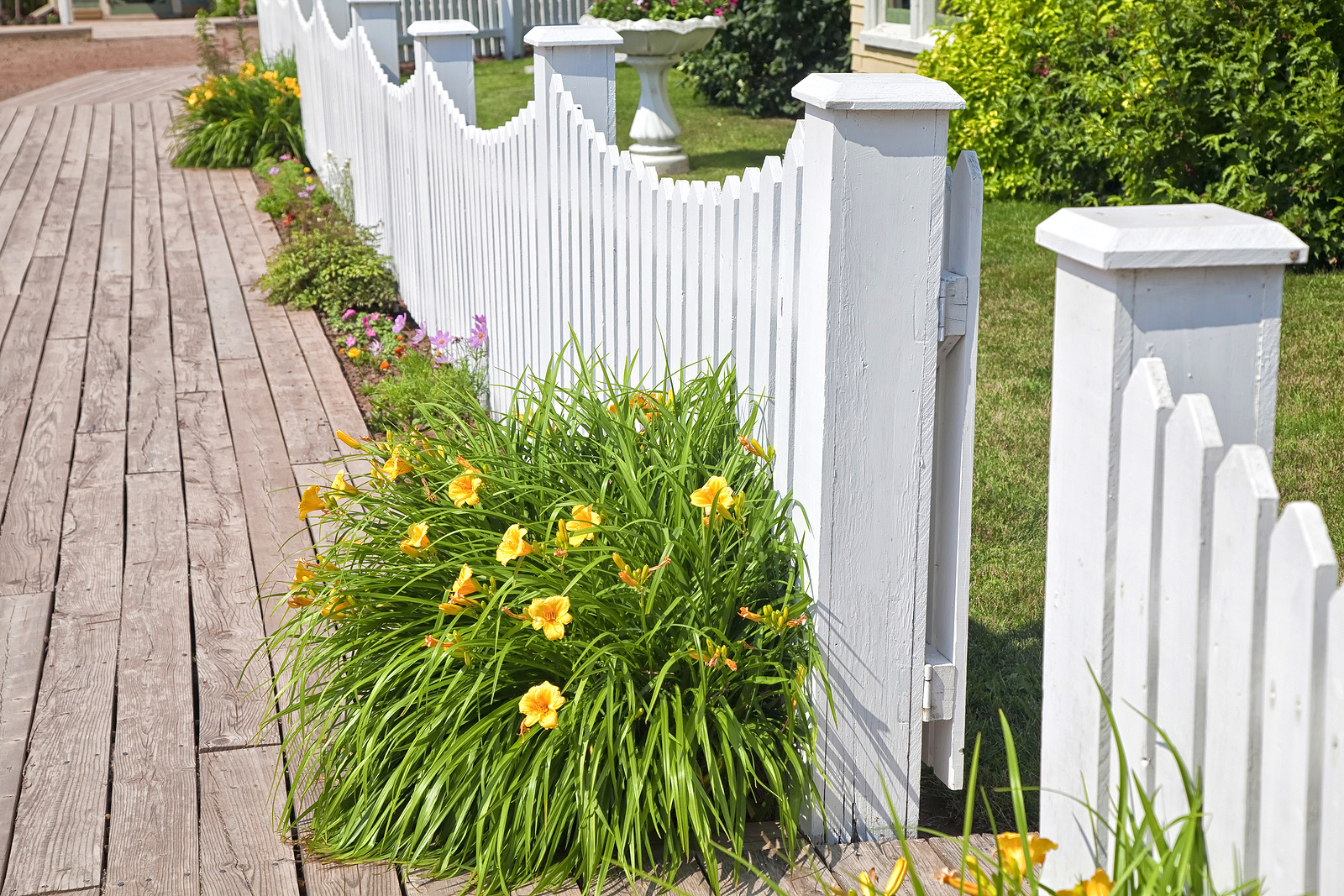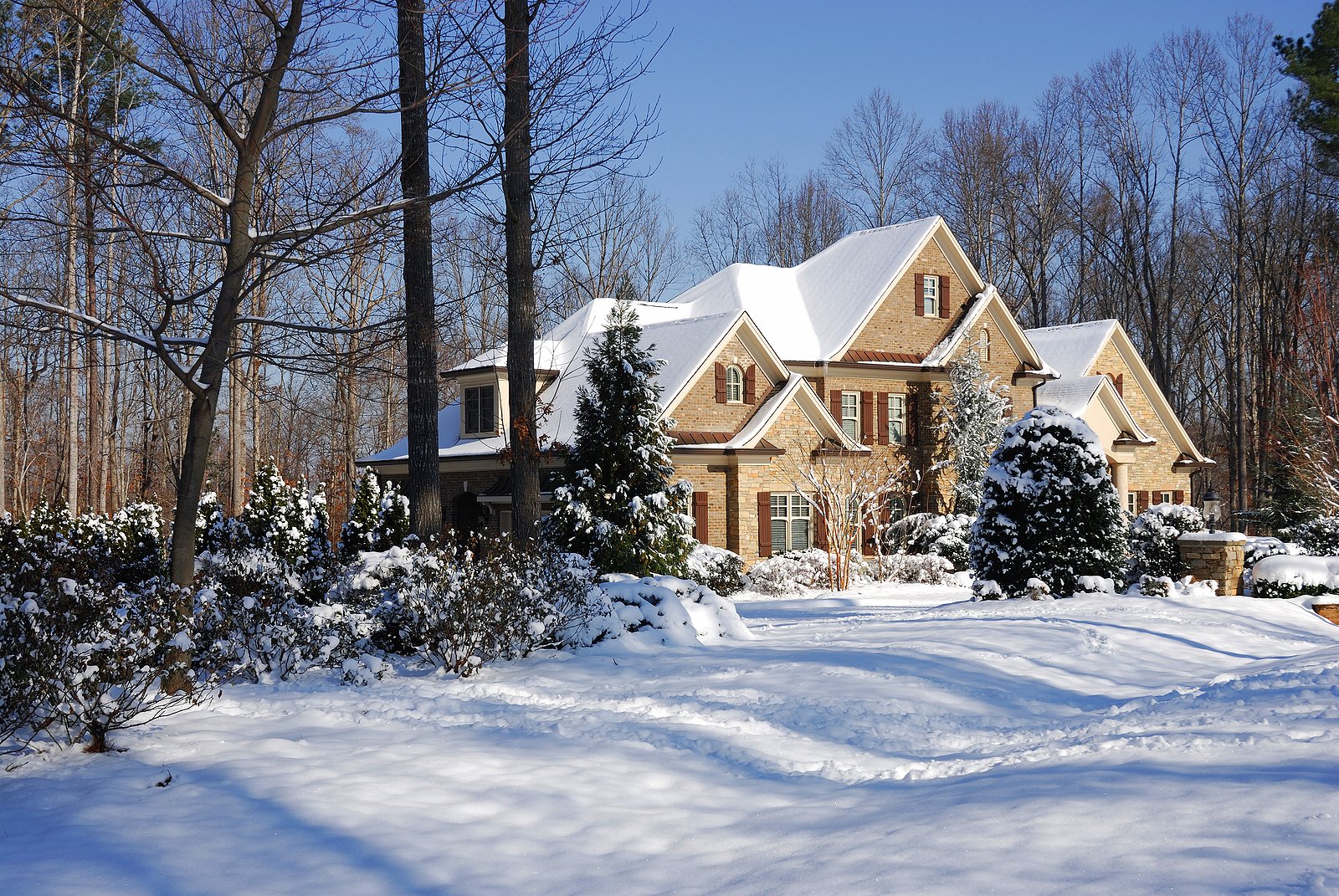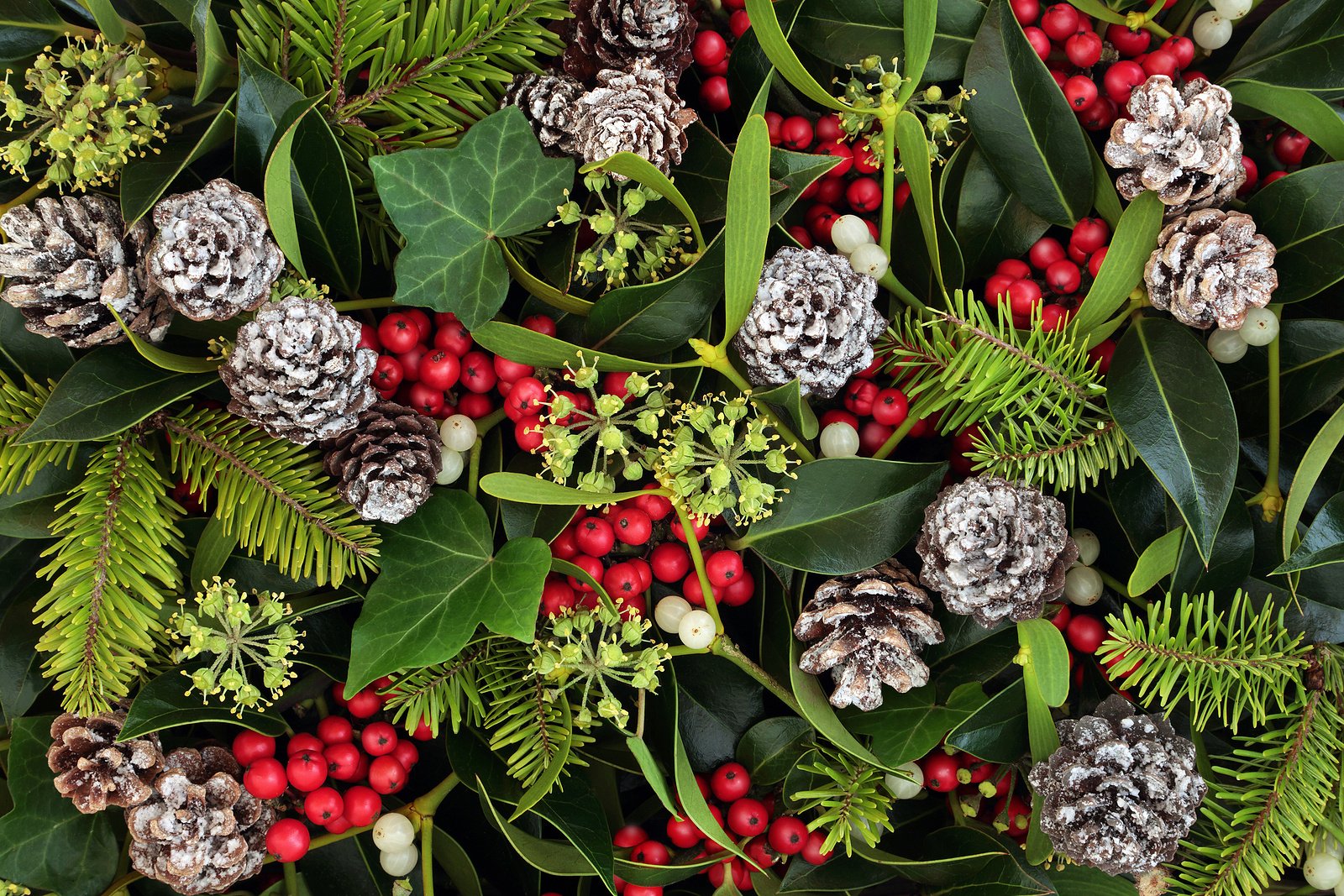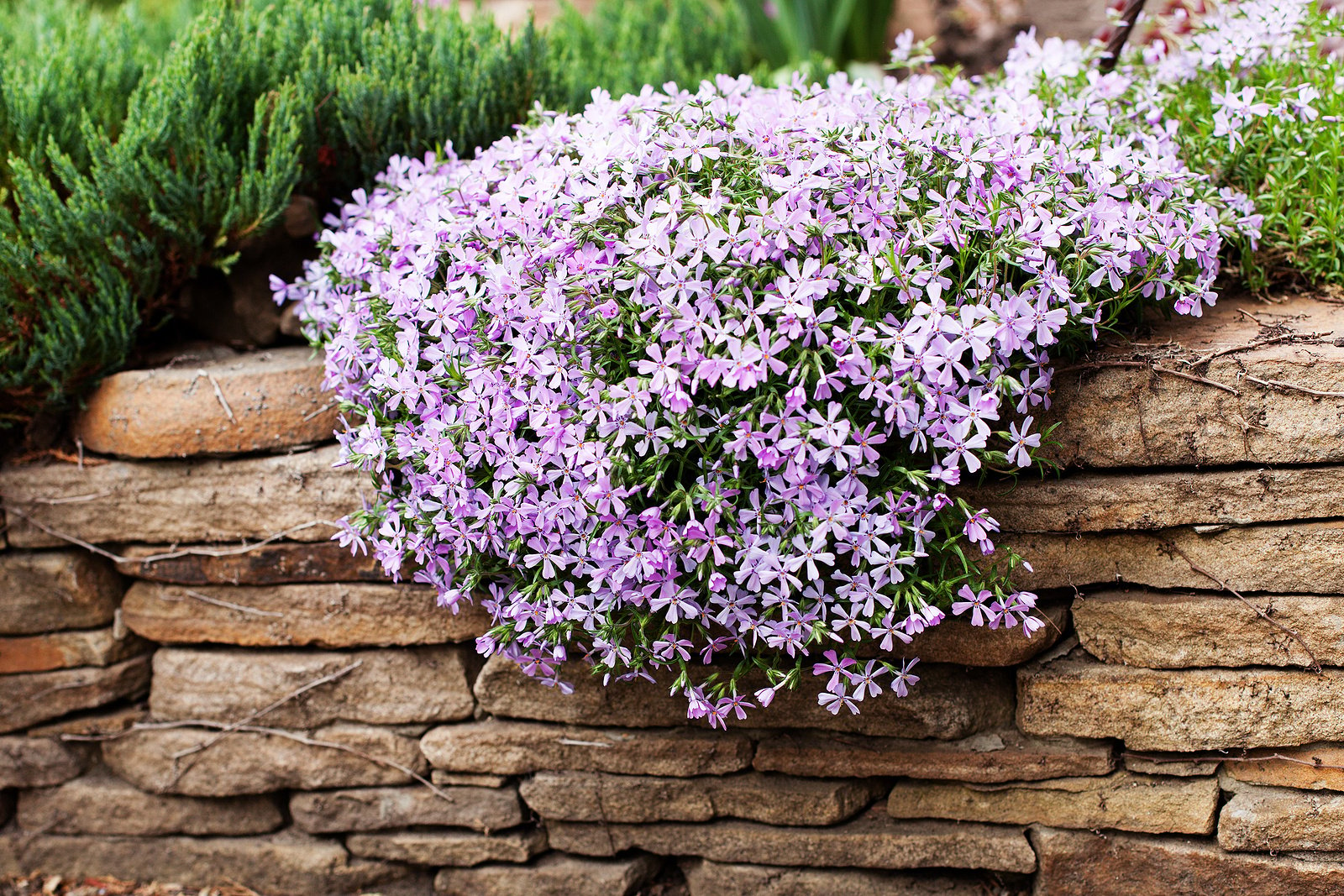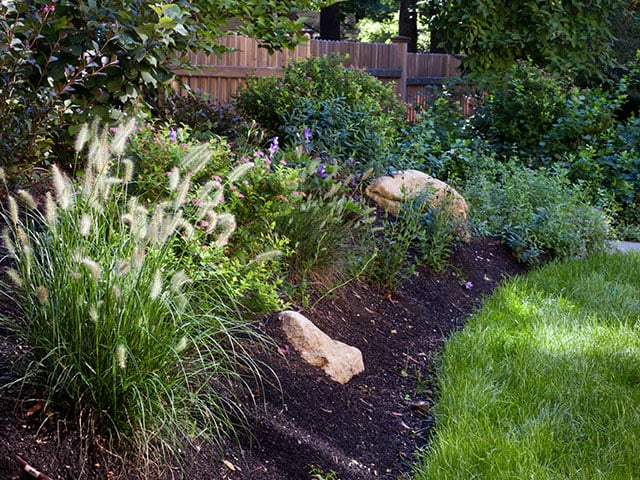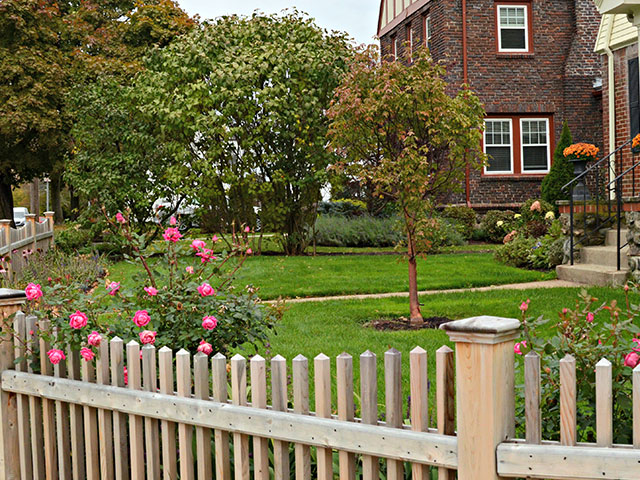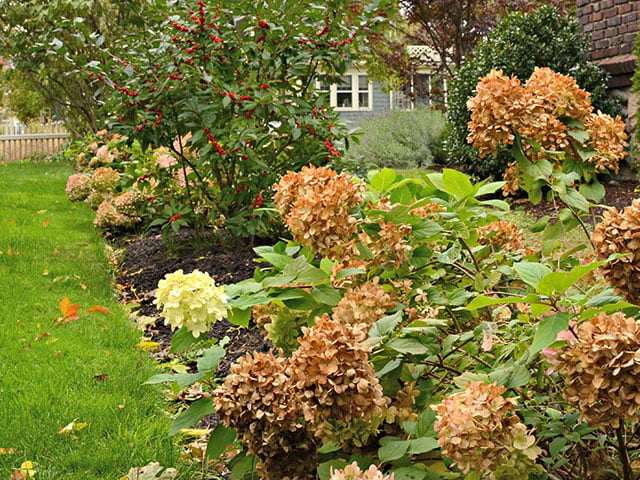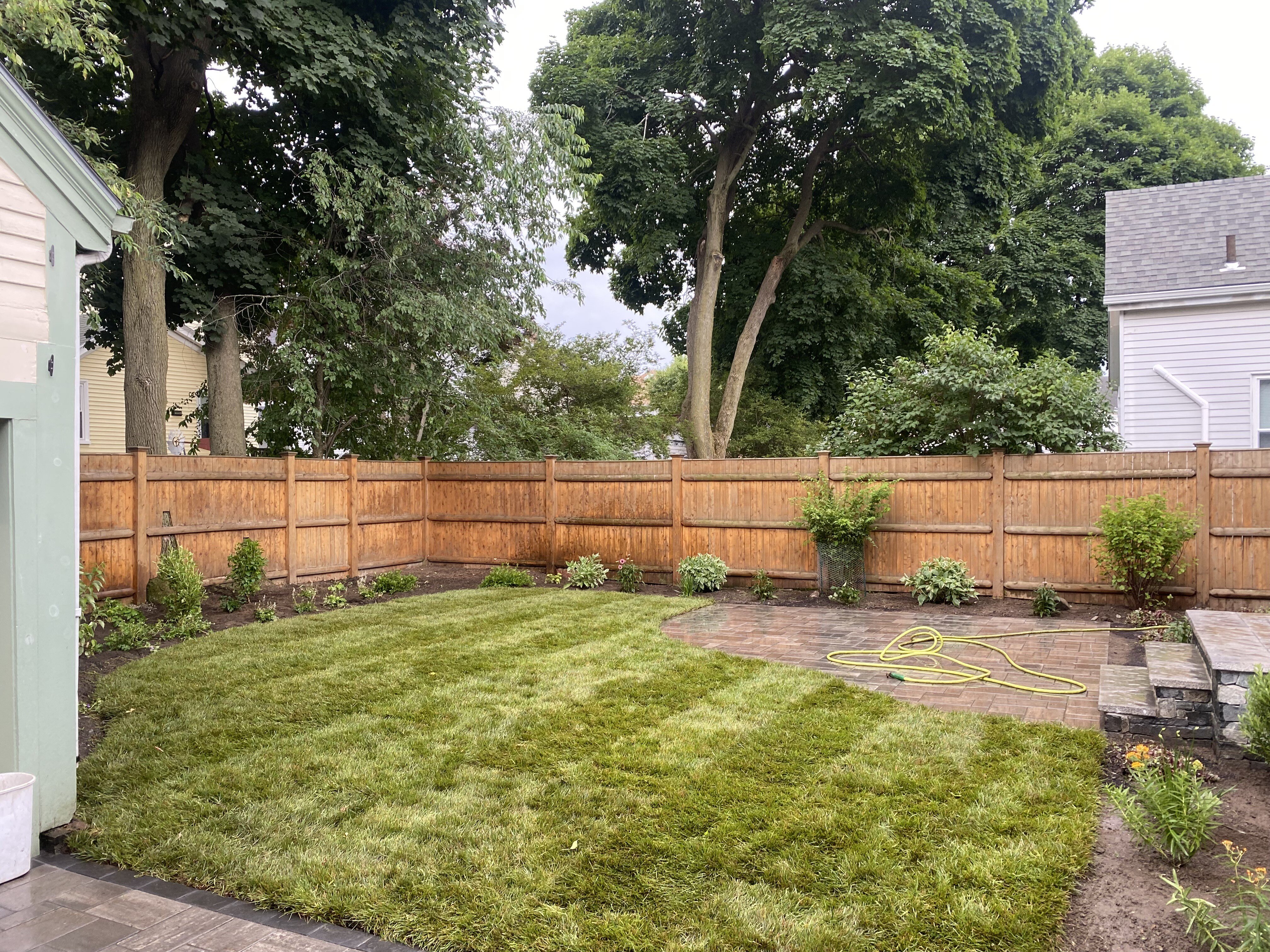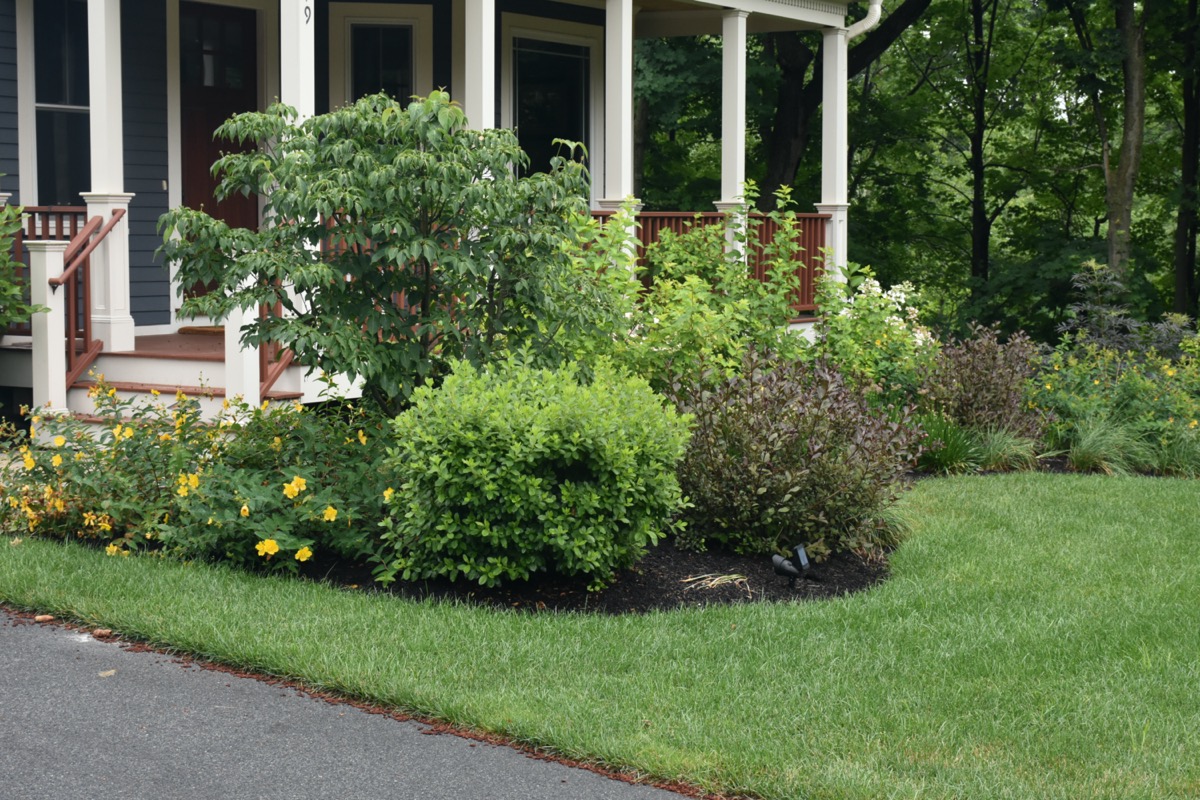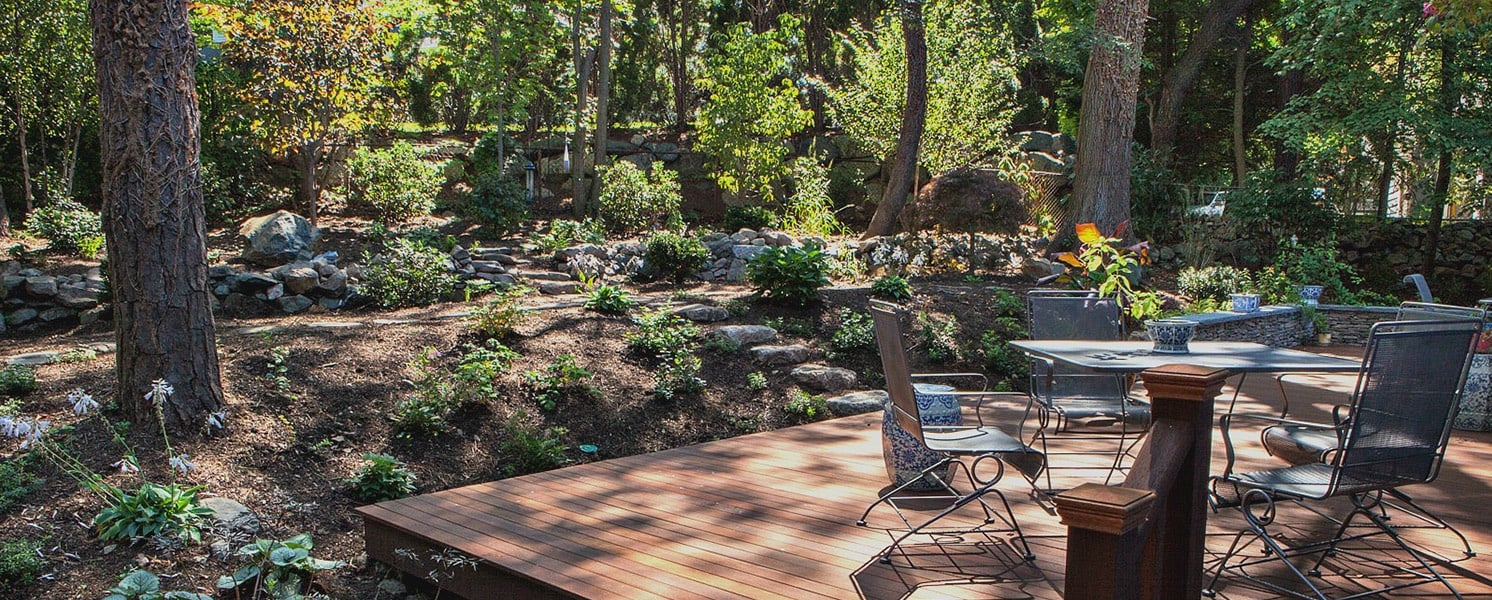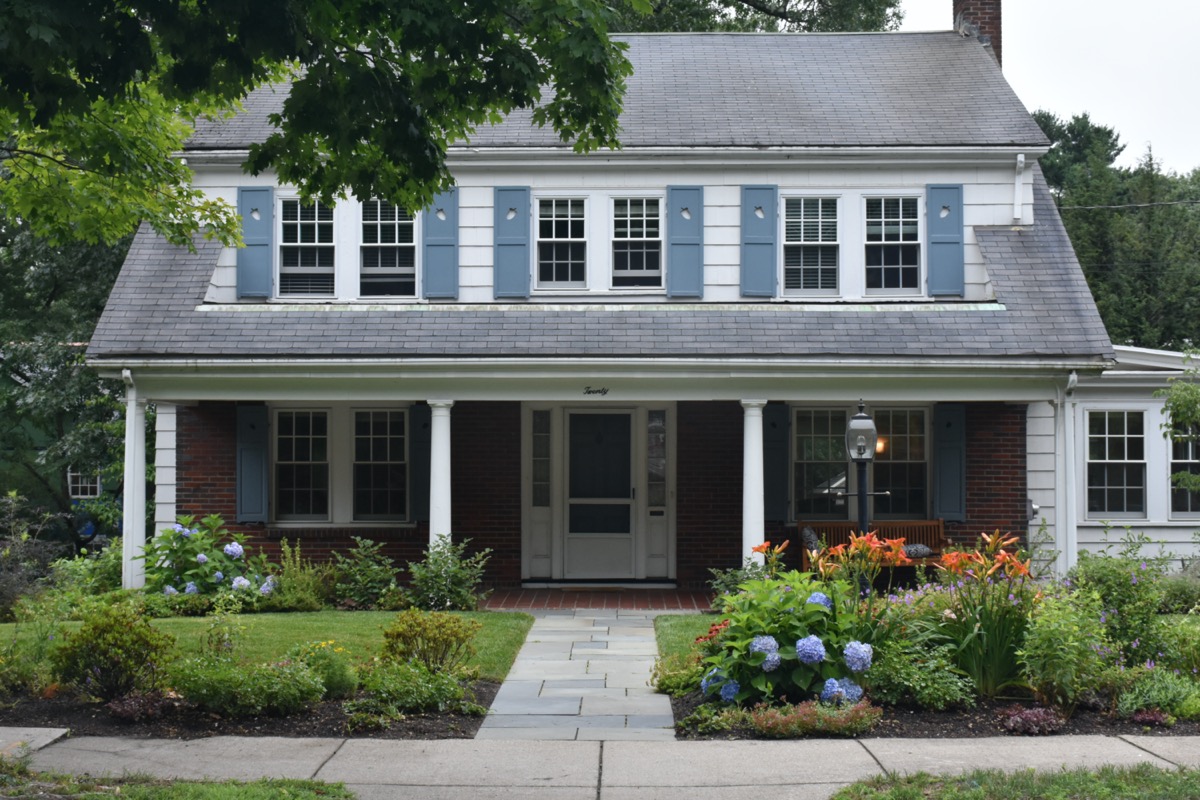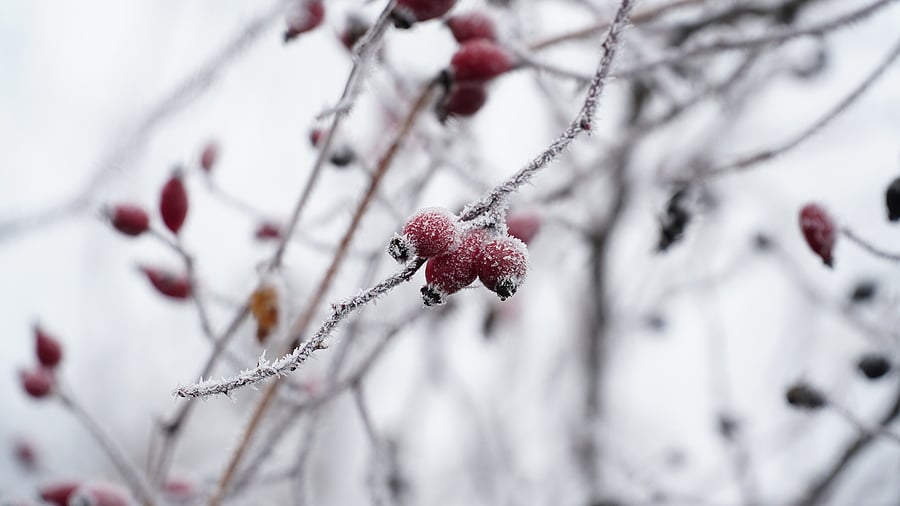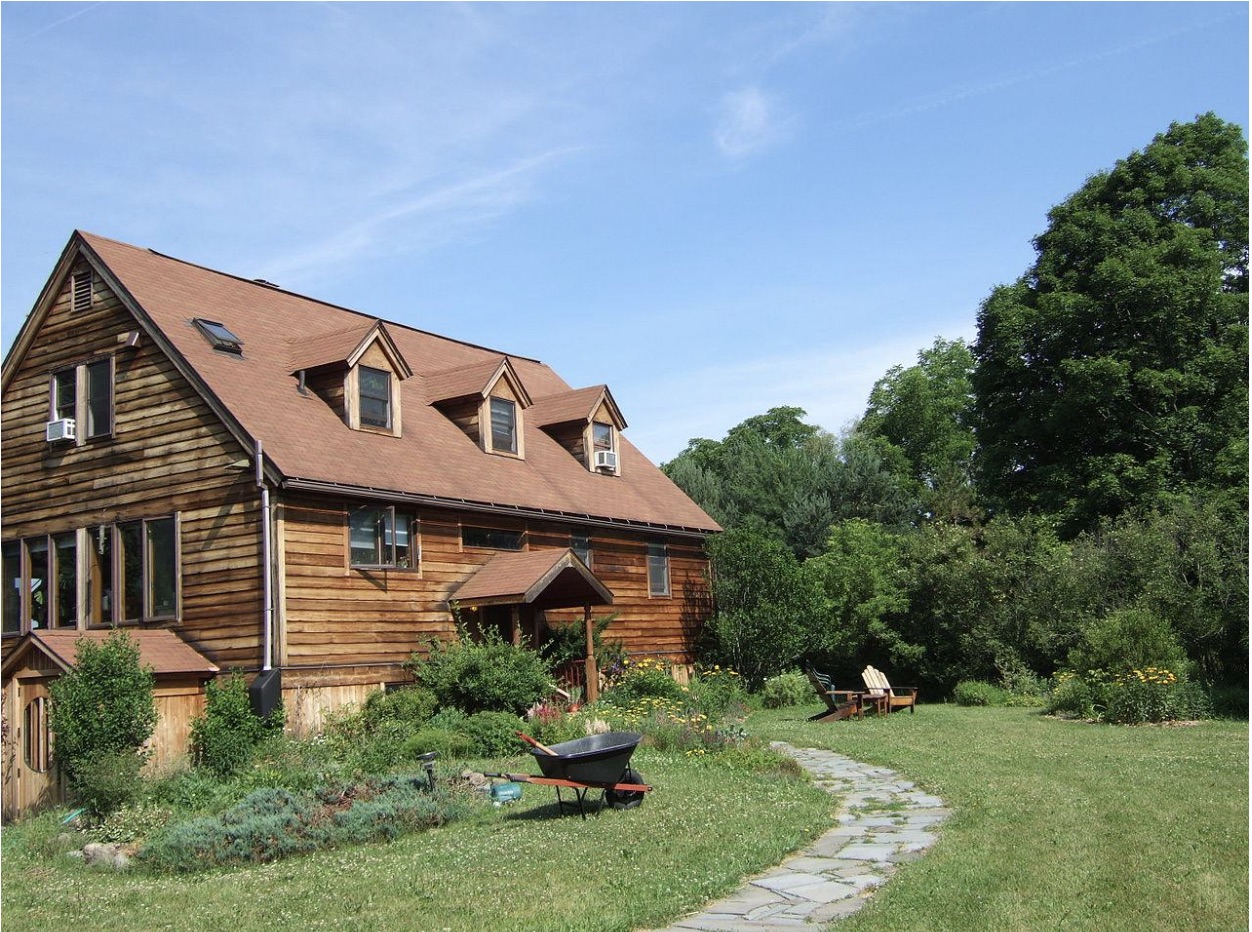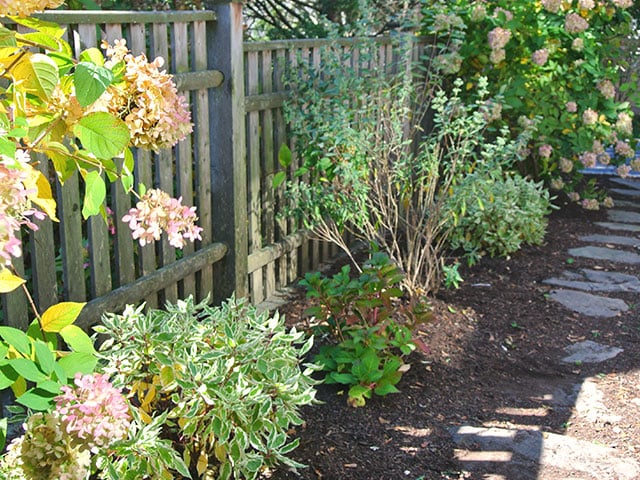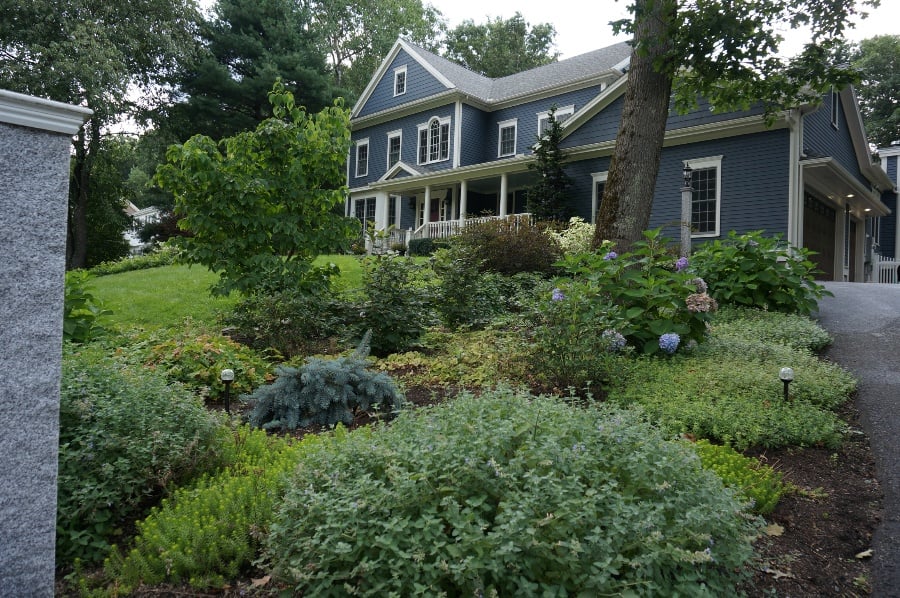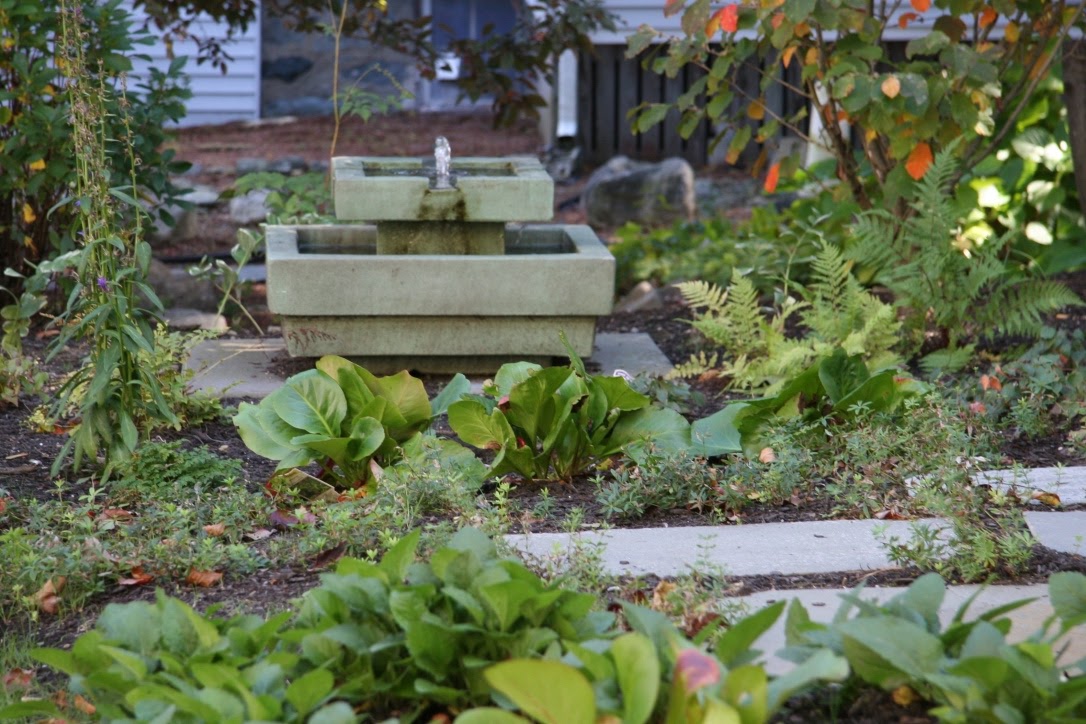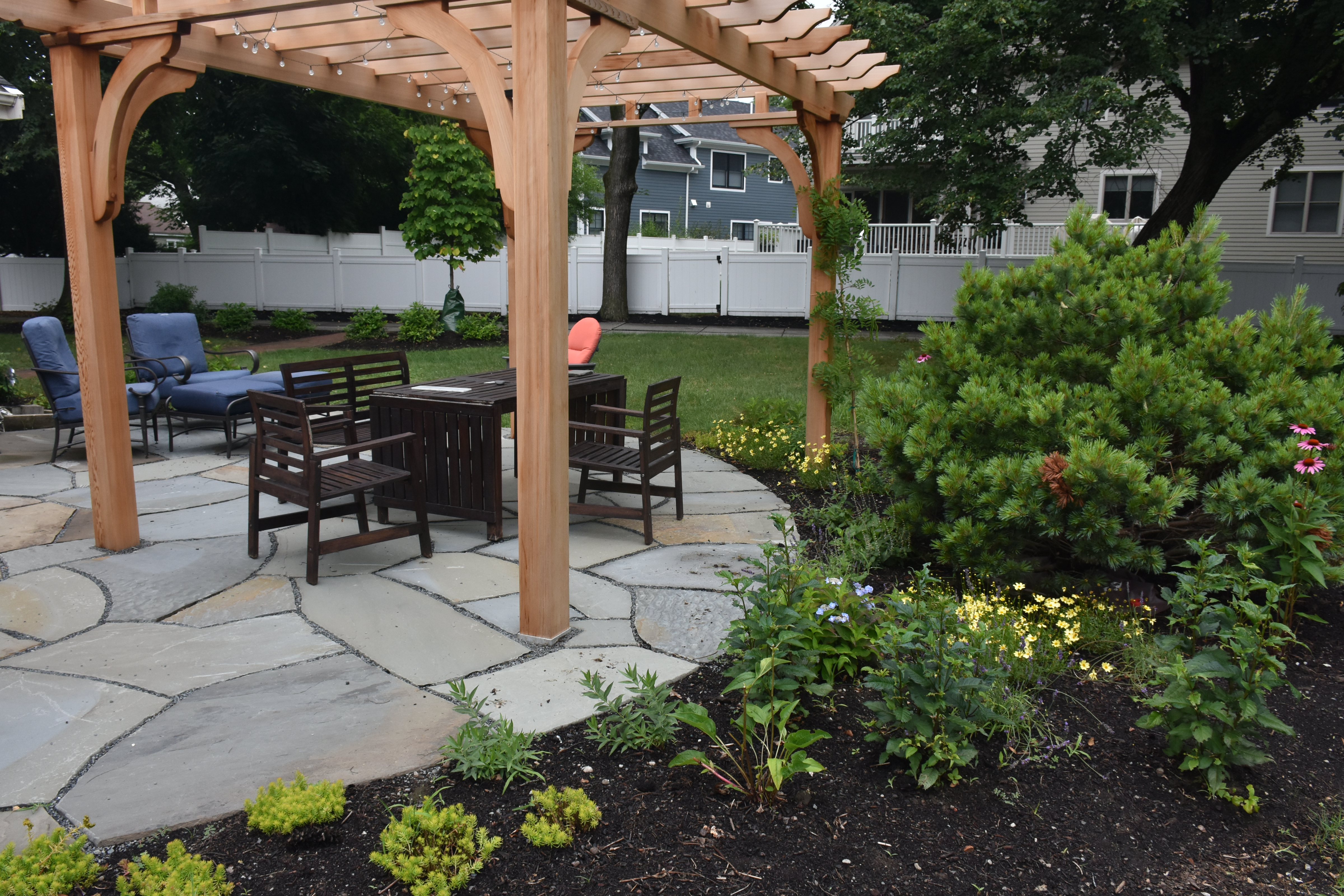Now that cooler weather is upon us, you may be looking to spruce up your landscape during the favorable planting temperatures. While on the hunt for new foliage to add to your yard, consider diversifying the types of plants by adding evergreens.
There are many great varieties that grow well here in Massachusetts, and their constant vibrancy, from early spring all the way through late winter, will enhance the look of your yard year-round.
Why Are Evergreens Important for Fall Landscaping?
Evergreens are an important addition to your landscape, as they provide consistency throughout the year. Their structure, color, and texture remain constant long after flowering plants die back.
These hardy plants stand out beautifully from other deciduous trees, such as maples and oaks, that lose their leaves in the fall. The fall is a particularly great time to enjoy the lasting colors of perennial evergreens, as their greenish-blue hues contrast wonderfully against the rusty, warm tones of autumn.

Not only do evergreen trees and bushes provide consistency in your landscape, but they also are a low-maintenance option that enhances the overall garden design. These plants serve as constant focal points, no matter the time of year.
You can increase this visual interest by incorporating smaller stature dwarf evergreens in a number of varieties. For extra flair in your landscape, many types of evergreens can be shaped into topiaries.
In the fall, when many of the plants in our landscape become sparse, or even bare, evergreen shrubs and trees can be used as privacy screens around your outdoor living space. Many options produce dense foliage, which creates a great visual barrier and even helps to muffle some neighborhood sounds.
Types of Evergreens for Fall Landscaping
There are three broad categories when it comes to evergreens: conifers, broadleaf evergreens, and ground covers. Each type has its own uses and features, and any or all can be worked into most existing garden designs.
Conifers

Conifers are trees and shrubs that produce a cone to bear its seeds. In addition to their tell-tale cones, conifers can also be spotted by their (typically) sharp or needle-like leaves. Pines and firs are examples of conifers.
Broadleaf Evergreens

Broadleaf evergreens have flat, broad leaves that retain their dark green foliage year round. So, while they may blend in with deciduous trees due to their flat-leaf shapes, these trees won’t drop their leaves when fall rolls around. Magnolias, laurels, and live oaks belong in this category of evergreen.
Ground Covers

Evergreen ground covers are often used as lawn replacement or bed fillers. Their ability to maintain their foliage color year-round makes them desirable, as they add lasting visual depth and interest. They can have a low, spreading growth habit. Varieties of creeping thyme and creeping juniper are popular evergreen ground covers.
The Best Evergreens for Landscaping in Massachusetts
There are many great evergreen options that will thrive in nearly all climates. Some excellent varieties that are well-suited to our USDA hardiness zones here in Massachusetts are below.
Eastern White Pine (Pinus strobus)
The Eastern white pine is a fast-growing conifer. This tree has long needles that are thin and flexible, and its sappy cones are relatively long and thin. Their quickly achieved height and width make them great for use in windbreaks and privacy screens.
American Holly (Ilex opeca)

This native broadleaf evergreen is a popular ornamental that loves full sun. It provides privacy and dense shade at maturity. Birds frequently use the American holly as a place to nest, as their red berries are easily accessible, and their thick, sometimes prickly leaves provide good shelter.
Rhododendron

Some flowering shrubs, such as rhododendron, are also evergreens. There are a few varieties native to North America, and can be spotted in the wild either by their showy flowers in early summer or by their oval greenery all year long. These broadleaf shrubs range from around four feet tall up to 20 feet in both height and width, and are fairly drought tolerant once established.
Boxwood (Buxus)
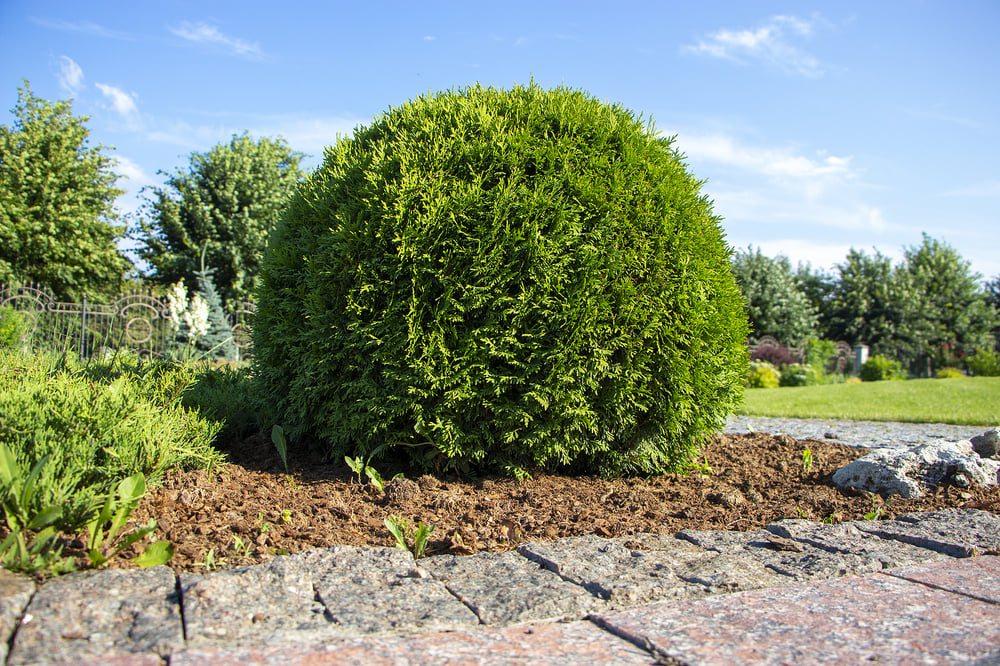
Boxwoods are an extremely popular landscape choice that are often used in foundation plantings along the front of a home. They grow in a naturally rounded shape, and can be grown and trimmed into a variety of attractive shapes and sizes. A broadleaf evergreen, the boxwood has deep green leaves, variegated in some varieties that stand out in all seasons.
Arborvitae (Thuja occidentalis)

A quick-growing conifer, arborvitae can have a pyramidal shape that makes them great choices for windbreaks and privacy plantings. Like many other evergreens, they are often chosen as nesting places for birds due to the year-round shelter their foliage provides.
Blue Spruce (Pungens)

The blue spruce is an attractive conifer that has blue-green foliage and is the classic Christmas tree shape. This tree is a low-maintenance addition as it doesn’t grow very quickly. It can, however, reach impressive heights over time, upwards of 50 to 70 feet. These evergreens impress singularly or in groupings.
When you’re ready to include some evergreens in your landscaping this fall, take this information and up your curb appeal with some new plant additions. Planting evergreens will be a rewarding endeavor that you can enjoy all year long.
If you need help getting started, contact a landscaping service that can point you toward the right plant choices for enhancing your existing landscape. Being aided in the selection and installation process can help take your yard’s beauty and your personal enjoyment to the next level while adding impactful year-round interest to your outdoor space.
To learn more about designing a custom landscape for your home, download our free ebook, The Mindful Homeowner's Guide to Transformative Landscape Design. If you're ready to get started on your new landscape project, or simply want to learn more about the process, you can contact our team here to schedule a free consultation. We'd love to talk to you!


